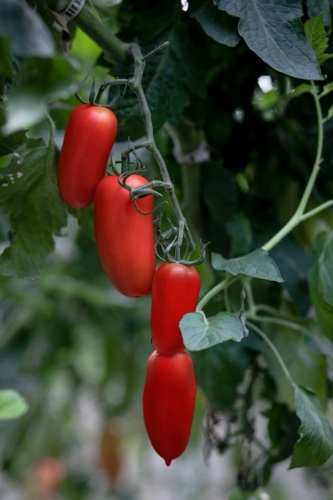4/23/2025
Withdrawal from Tomato Trade Agreement Impacts Greenhouse Growers
Jennifer Polanz

The CEA Alliance released a statement in late April highlighting the impact of the U.S. Department of Commerce’s intent to withdraw from a tomato trade agreement between the U.S. and Mexico.
If that sounds somewhat confusing to you (it did to me and I had to reread it several times to make sure I understood it clearly), then consumers are even more likely to be confused. These agreements date back decades, when the U.S. argued Mexican tomato producers were dumping product at reduced costs, undercutting U.S. producers. There have been multiple “suspension agreements” since then to try to even the playing field.
The most recent action is the U.S. saying it intends to withdraw from the 2019 tomato suspension agreement (negotiated in the first Trump Administration) that had essentially allowed Mexico to export tomatoes to the U.S. at or above a certain price range. The U.S. would also potentially place a penalty of more than 17% on all Mexican tomato imports.
The scope of tomato production in North America has changed dramatically since these arguments started, however. According to the CEA Alliance, production of greenhouse-grown tomatoes has increased by almost 70% from 2010 to 2023, while field-grown tomatoes have decreased by 49%. Many of the U.S. greenhouse growers also grow in Canada and Mexico to provide year-round supply to retail customers, the CEA Alliance statement noted, which means withdrawal would impact U.S. producers, as well.
“U.S. greenhouse tomato growers believe the Commerce Department should renegotiate the suspension agreement to ensure market stability for both U.S. consumers and U.S. greenhouse tomato growers,” said Tom Stenzel, executive director of the CEA Alliance. “Without an agreement, consumers are likely to see significant price increases and potential shortages in greenhouse-grown, vine-ripe and specialty tomatoes that they choose for taste and flavor.”
He noted that U.S. greenhouse tomato growers now produce more than one-third of the country’s fresh tomatoes, but their needs aren’t being considered. In fact, penalizing these growers who also have production in Mexico and Canada may slow what he said has been fast-growing investment in U.S. greenhouses (for example, in Ohio, Kentucky, New York, Texas, Michigan, Georgia, California and other states).
“When determining the best course of action for American farmers and consumers, the CEA Alliance believes the Department of Commerce must take into account the view of one-third of America’s tomato farmers—U.S. greenhouse tomato growers—not just field growers,” Tom said.
This goes back to a main thread discussed throughout Indoor Ag-Con this year—it’s vital for greenhouse growers of all crops to call your senators and district representative and make sure your voice is heard. Need help? Go here to go to Congress.gov where you can type in your address and find your senators and representative.
It’s also better when you’re part of an organization advocating for the same goals. Find out more about the CEA Alliance and how to join.